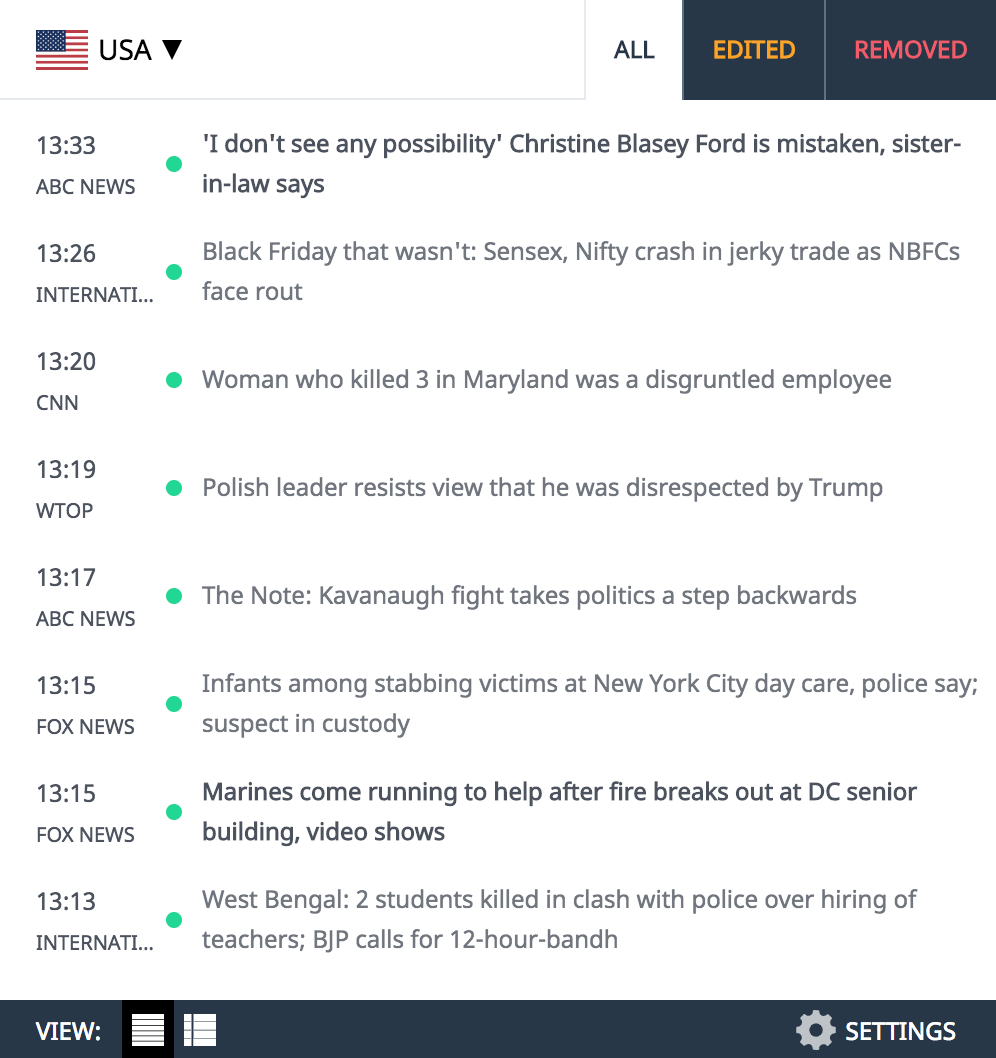As we mark another Labor Day, all Americans should be proud of how the hard work and sacrifice of so many people have long made U.S. productivity the envy of the world. For our nation’s construction workers, that productivity provides us with new roads and bridges and buildings and other structures that enrich our lives. What many may not know is that, for the people who do this kind of work, a wrong step without required safety protections in place is too often the cause of serious injuries or fatalities.
Recent Bureau of Labor Statistics’ reports affirm that falls remain the leading cause of workplace deaths in the construction industry. In fact, of the 986 deaths reported in the industry in 2021, falls from elevation accounted for 378 or 38 percent of the fatal incidents. Similarly, falls cause almost 10,000 construction workers to suffer serious injuries each year. Studies show fatalities and serious injuries occur at work sites of small residential construction contractors disproportionately.
Serious and fatal injuries related to workplace falls are preventable. Little solace for those harmed and their families, but a stern reminder that industry-recognized and legally required fall safety measures are truly a life and death matter.
To protect workers, the Occupational Safety and Health Administration uses a balanced approach of outreach, compliance assistance and enforcement. We also make additional efforts to reach construction industry workers and keep them safe from workplace falls. In conjunction with the 10th annual National Safety Stand-Down to Prevent Falls in Construction in May 2023, OSHA launched a National Emphasis Program on Falls.
The program seeks to address the fact that, just as in OSHA inspections elsewhere, fall protection hazards are the most frequently cited violations at worksites in American Samoa, the Commonwealth of the Northern Mariana Islands and Guam. In fact, from July 2022 to July 2023, 33 percent of construction violations cited related to fall hazards, including six willful violations of fall protection standards.
As Guam and CNMI continue to recover from Typhoon Mawar, many industry workers are fixing and replacing roofs and other structures at heights that jeopardize their safety when proper protections are lacking. This increased level of activity raises concerns as it increases the potential for workers to be exposed to fall hazards. For those of us at OSHA, one of the toughest parts of our jobs is making that call to a family grieving the loss of a loved one in a fall-related incident to offer condolences and to let them know we are investigating the incident. We know no words or an investigation’s findings can ever fill the void of their tragic loss.
OSHA cautions all employers involved in rebuilding after weather events such as typhoons and storms not to add to the tragic aftermath by exposing workers to falls from heights. By making safety a priority and a core value on every worksite and by taking required precautions, employers can help prevent tragedies and protect workers from needless harm.
Without a serious commitment by construction industry employers, small and large, to keep their workers safe and healthy by complying with federal workplace safety standards, falls from elevation will continue to be a potentially deadly fact facing these hard-working people. Employers must foster an environment where employees are empowered to report safety concerns, participate in safety committees and contribute actively to identify hazards and eliminate risks. By informing workers routinely, training them properly and applying OSHA protections equally, employers can ensure their employees end their workdays safely. They can also spare their employees’ families from getting the kind of call that no one ever wants to receive.


